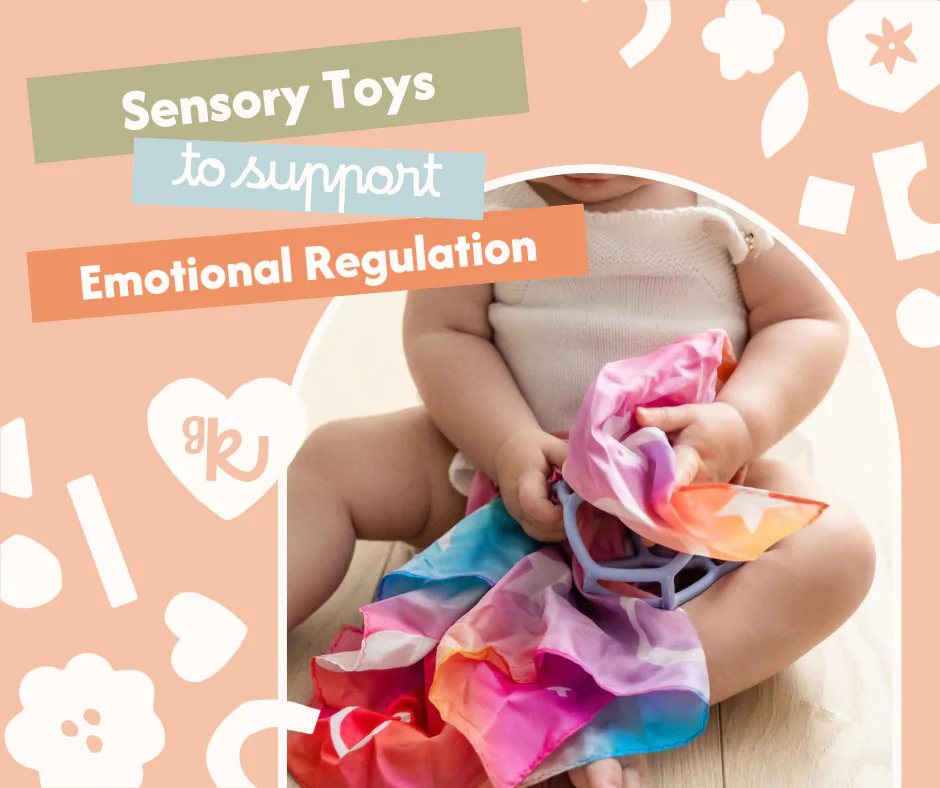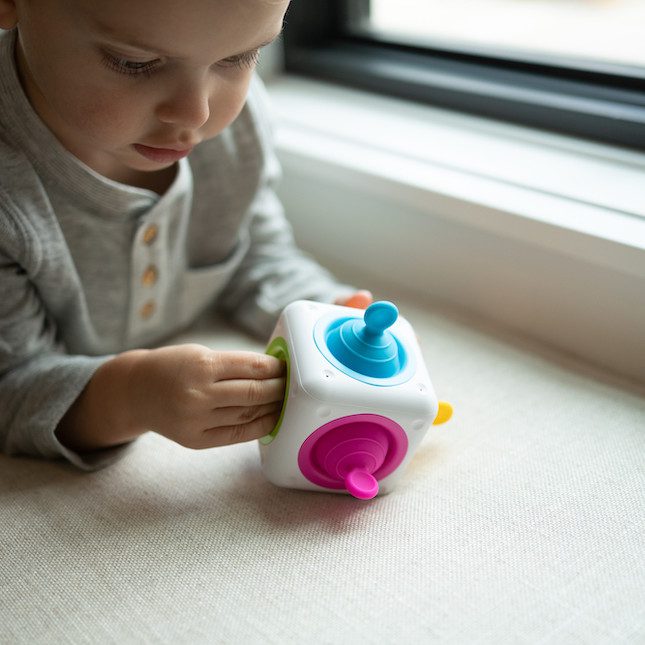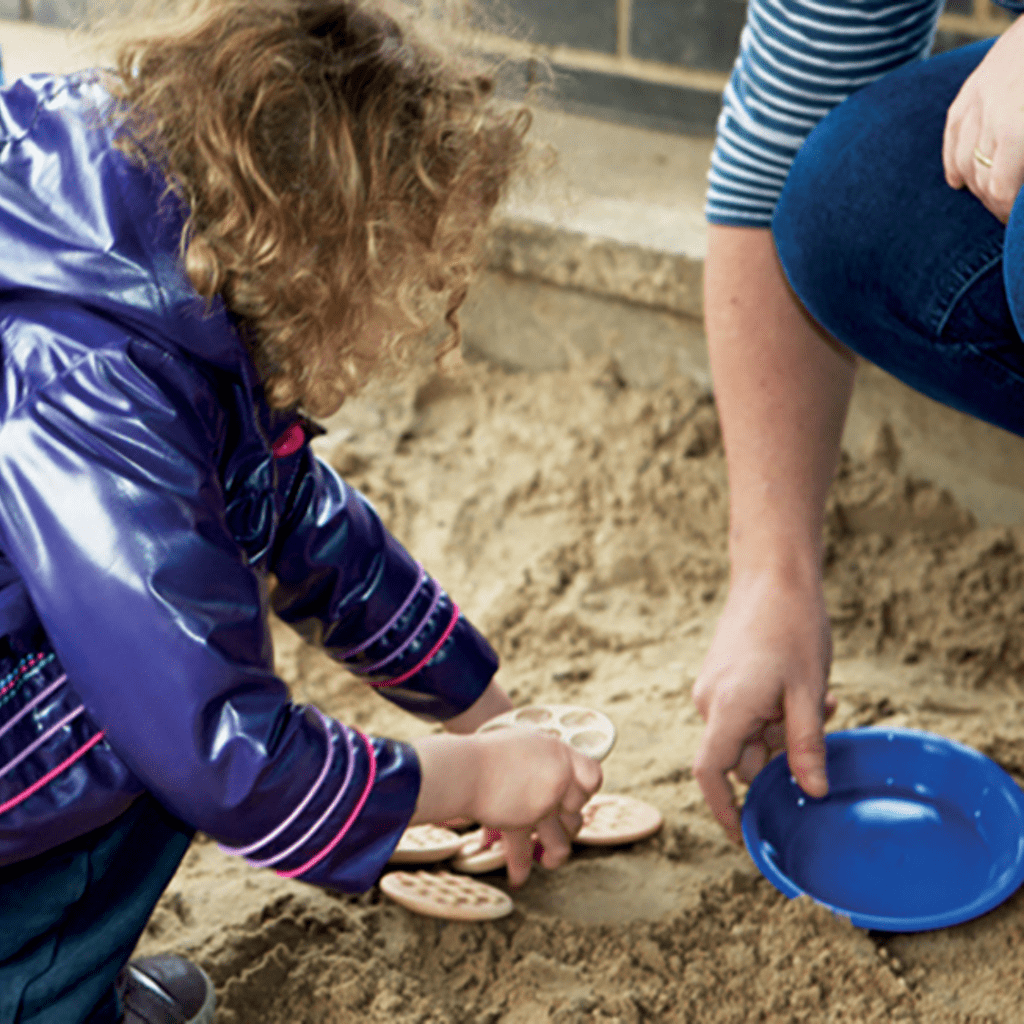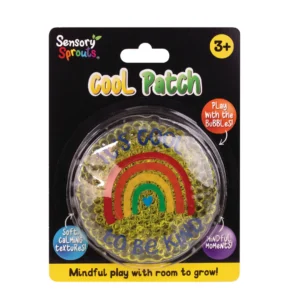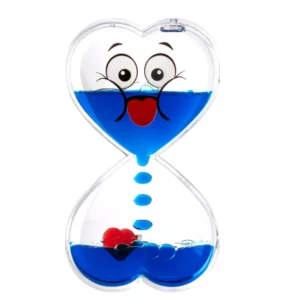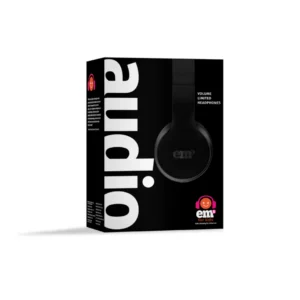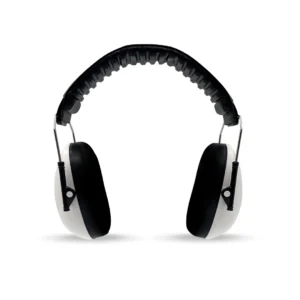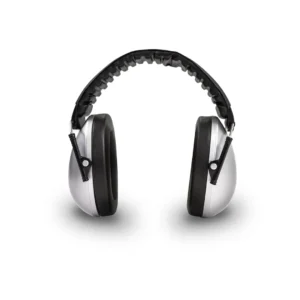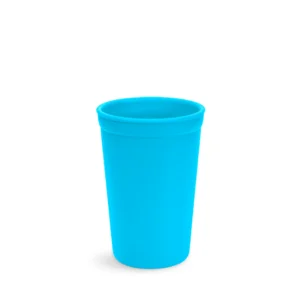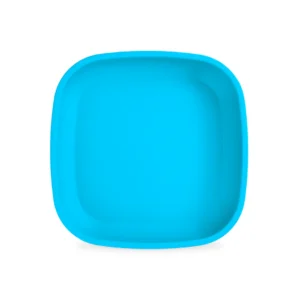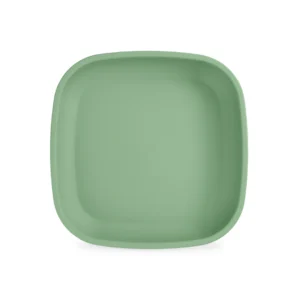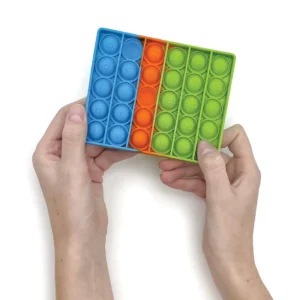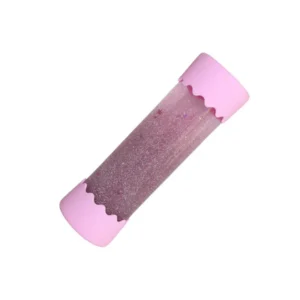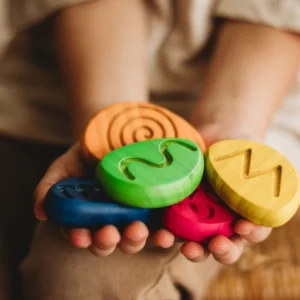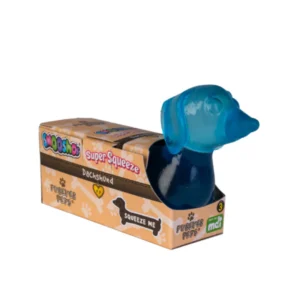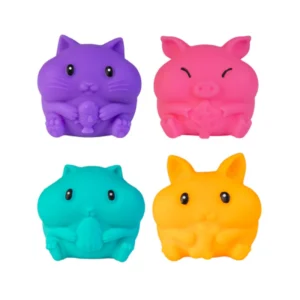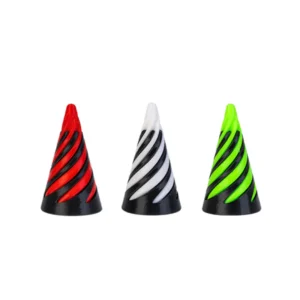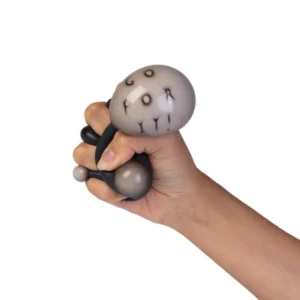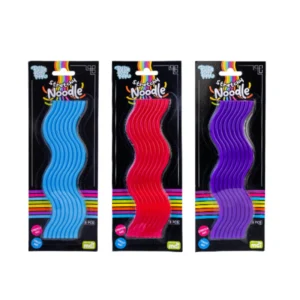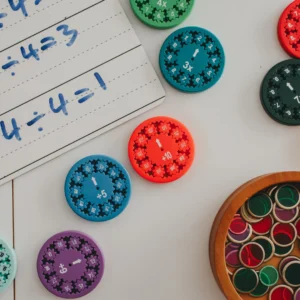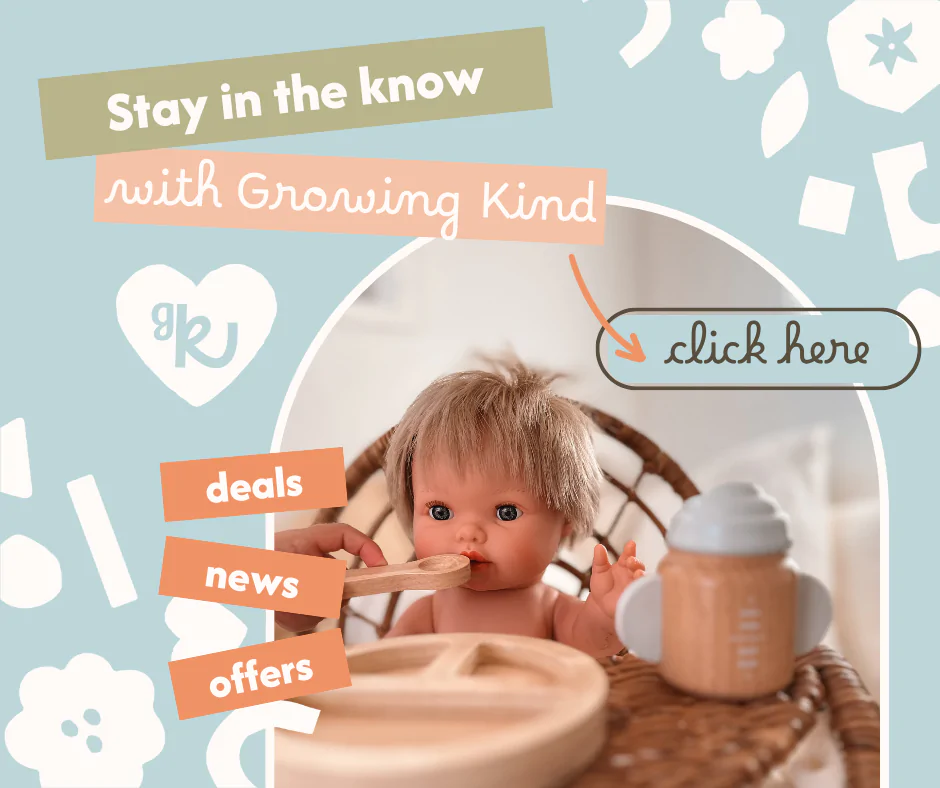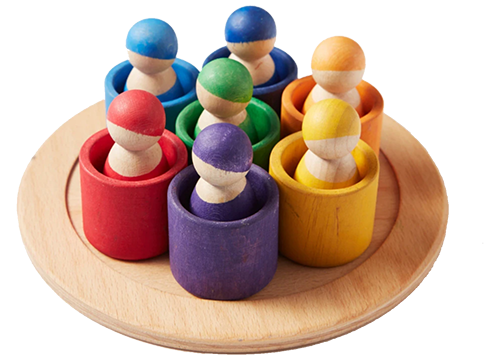In today’s fast-paced world, children face countless stimuli and stressors that can challenge their ability to manage emotions. Sensory toys, once regarded as niche tools for therapeutic use, have become powerful aids in supporting emotional regulation for all children. By engaging the senses, these toys can help children build essential self-regulation skills, improve focus, and promote a sense of calm. Let’s explore how sensory toys work, why they are effective, and how they support emotional and social development.
What Are Sensory Toys?
Sensory toys are designed to stimulate one or more of the senses: touch, sight, sound, smell, or movement. Examples include:
Fidget Tools: Items like spinners, cubes, and stretchy bands that keep hands engaged.
Sensory Input: Weighted blankets, crash pads, swings, tunnels, lap pads, or plush toys that provide deep pressure stimulation.
Visual Tracking: Liquid timers, glitter globes, calm down bottles or kaleidoscopes that captivate the eyes.
Tactile Stimulation: Sand, slime, or textured balls that encourage touch exploration.
These toys are versatile, catering to various developmental needs and play preferences, making them invaluable tools in emotional regulation.
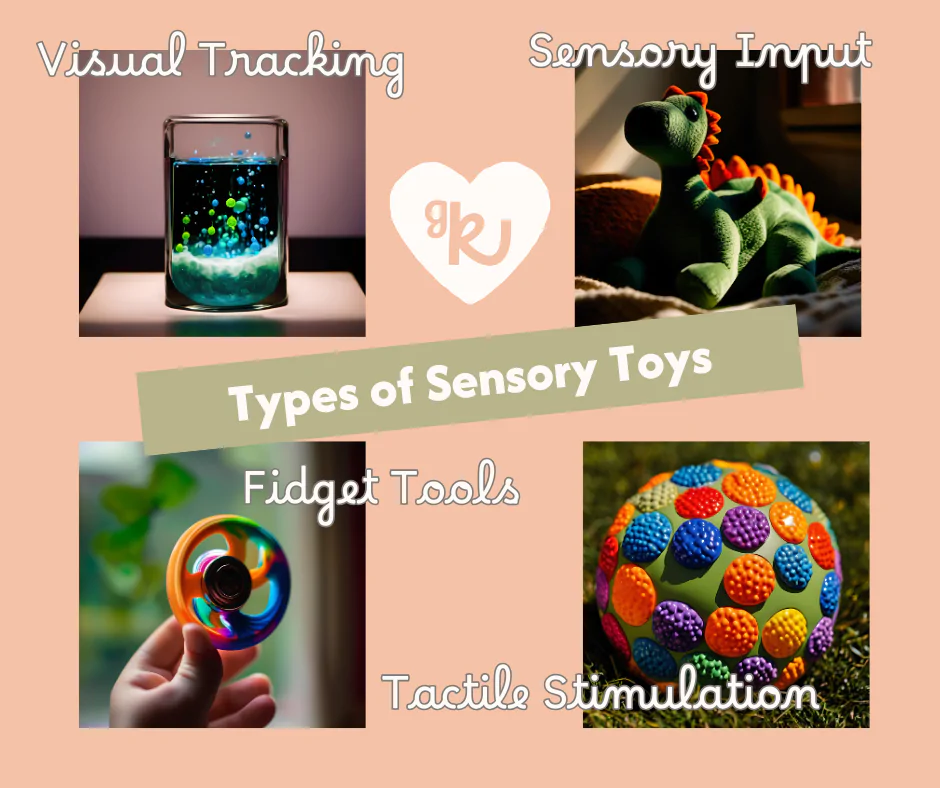
How Sensory Toys Support Emotional Regulation
Engaging the Senses to Ground Emotions
When children feel overwhelmed, sensory toys provide an anchor to help ground them. For example, squeezing a stress ball or watching a liquid timer can redirect focus from overwhelming feelings to calming, repetitive actions. This process helps children slow down and regain control of their emotions.
Promoting Mindfulness
Sensory toys encourage mindfulness by focusing on the present moment. Activities like running fingers through kinetic sand or listening to soothing rain sounds help children practise being present, which reduces anxiety and builds emotional awareness.
Building Neural Pathways
Neuroscience shows that repetitive sensory experiences strengthen neural connections in the brain, particularly in areas related to self-regulation and executive functioning. Sensory toys provide these experiences, helping children develop the skills needed to manage stress and adapt to challenges.
Providing Predictability and Comfort
Many sensory toys offer predictable outcomes, such as the steady drip of a liquid timer or the gentle pressure of a weighted blanket. This predictability provides comfort and stability, especially for children who struggle with changes or unpredictability in their environment.
Let’s Be Honest: No One Tool is a Magic Fix
Emotional regulation isn’t something that happens overnight. It takes repetition for the brain to learn, role modelling from a trusted caregiver, and years for the brain to develop the correct pathways. While sensory toys can’t replace these essential processes, they are invaluable supports that can help children along the way, providing comfort and aiding in skill-building.
The Link Between Sensory Toys and Social-Emotional Learning (SEL)
Sensory toys play a significant role in fostering the core competencies of SEL:
Self-awareness: Engaging with sensory toys helps children identify and understand their emotions. For instance, using a calming tool like a stress ball can teach a child to recognise and manage feelings of anger or frustration.
Self-management: Sensory toys help children practise strategies to stay calm and focused, empowering them to regulate their behaviours more effectively.
Social awareness: When used in group settings, sensory toys encourage children to recognise others’ emotions and needs, fostering empathy and understanding.
Relationship skills: Sharing sensory toys or using them during collaborative activities promotes cooperation and communication.
Choosing the Right Sensory Toys for Your Child
The right sensory toy will depend on your child’s age and developmental stage. What suits a 6-year-old won’t necessarily be appropriate for a 1-year-old. Consider their specific needs and preferences:
For calming: Weighted toys, fidget tools, and tactile items like slime can soothe overstimulated children. On the contrary some children are sensory avoidant and will not like touch when over stimulated. Every child is unique in their sensory preferences.
For focus: Fidget spinners, putty, or stress balls can help redirect energy and improve concentration.
For anxiety: Visual toys like liquid timers or auditory tools with soothing sounds can ease feelings of worry or tension.
Practical Tips for Using Sensory Toys
Create a Calm Corner: Designate a quiet space with sensory toys for your child to retreat to when they feel overwhelmed.
Incorporate Into Routines: Use sensory toys during transitions, such as before bedtime or during homework, to ease stress.
Model Usage: Show your child how to use sensory toys effectively and talk about how they help with emotions.
Sensory toys are more than just fun; they are tools for building resilience, self-awareness, and emotional intelligence in children. By engaging the senses and supporting self-regulation, these toys lay the groundwork for lifelong skills in emotional and social competence. Remember, it takes time and consistency, but with the right tools and guidance, children can learn to navigate their emotions effectively.
Explore Growing Kind’s collection of sensory toys or therapy range, thoughtfully curated to support children’s emotional well-being and development. Discover how the right tools can make a world of difference in your child’s journey toward emotional regulation and confidence.
Check our store hours before visiting:
2/11 Fletcher Road, Bethania QLD 4205

